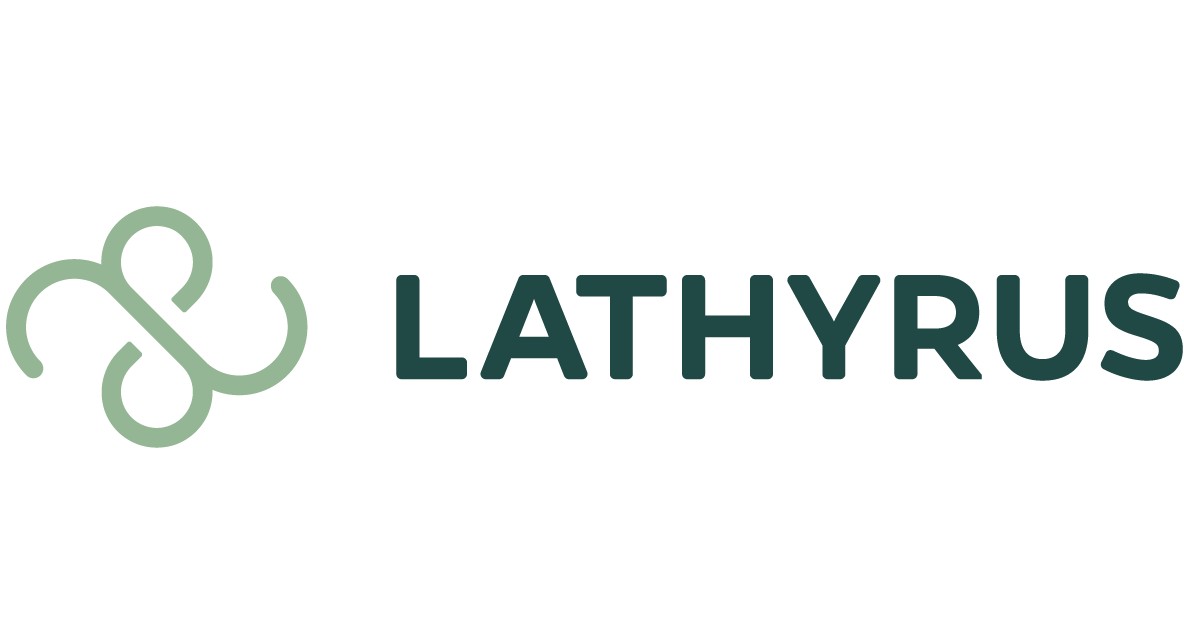Jeff Hawkins believes all thinking is a form of movement.
According to Hawkins, neuroscientist and co-inventor of the Palm Pilot, all knowledge is stored at locations in our neocortex. A particular piece of knowledge, located at a particular place in one’s brain, is connected to other locations (pieces of knowledge) by neural networks called reference frames.
Thinking is about moving through these reference frames, just as we might walk through the streets of a town or move our finger over the surface of an object. The succession of thoughts we experience when thinking is analogous to the succession of things we see while walking, or the succession of sensations we experience when tracing the surface of a thing.
The fact that thinking is like moving is not just an analogy or a coincidence, according to Hawkins. It is because how we think is an evolution of our old brain’s ability to locate ourselves in the world in relation to food, water, and shelter — an ability that all members of the animal kingdom need to survive. Abstract thinking is an extension of that ability.
Finding a way
This means that in order to become an expert in any field, one has to learn or create a good framework to represent the associated facts and data. There may not be one correct reference frame, and two individuals might arrange the facts differently. Discovering a useful reference frame may be the most difficult part of learning, even though most of the time we are not consciously aware of it.
Reference frames are also the means for achieving goals. Just as a paper map allows you to figure out how to get from where you are to a desired location, reference frames in the neocortex allow you to figure out the steps you should take to achieve more complex goals. When we have a functional reference frame for a situation, then we’re better able to understand it, move through it, and solve problems.
Solving a novel problem requires us to either find an existing reference frame relevant to that problem, or learn a new one. Where someone who doesn’t yet have a functional reference frame for a problem sees confusion or chaos, someone who does will see complexity, complication, or clarity.
Metaphor and movement
As a coach, Hawkins’ theory of intelligence helps me better understand why metaphors can be so helpful in organizing or re-organizing our thinking. They provide an instantly relatable reference frame — one we don’t have to learn anew; one that creates novel connections.
Hawkins’ theory also makes sense of the experience I’ve often experienced and witnessed, that engaging our bodies in a thought process — in reality or in imagination — enriches our thinking. In one coaching exercise, I invite the client to stand up and step into an imaginary time machine. That simple act has unlocked an amazing amount of insight; it helps people see and understand things about themselves and their situation that were invisible to them before.
If thinking is a form of movement, then our bodies play a key role. I hope that gives you something to play with.
Jeff Hawkins. A thousand brains: A new theory of intelligence. Basic Books, 2021.
Copyright © 2023 Lynn Thorsell, All rights reserved.
Photo by Annie Spratt on Unsplash
Five kinds of problems << More Notes >> The problem with thinking


